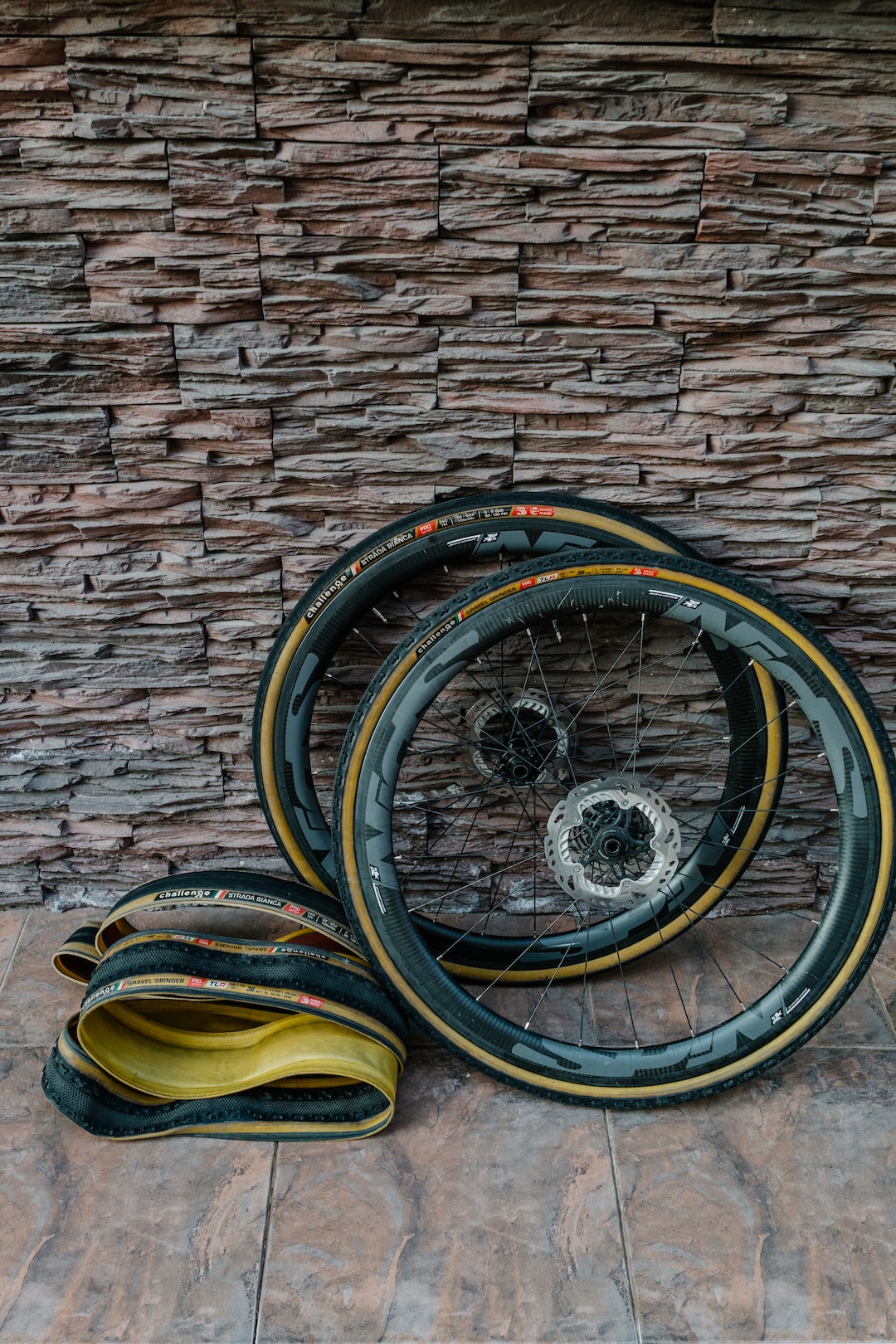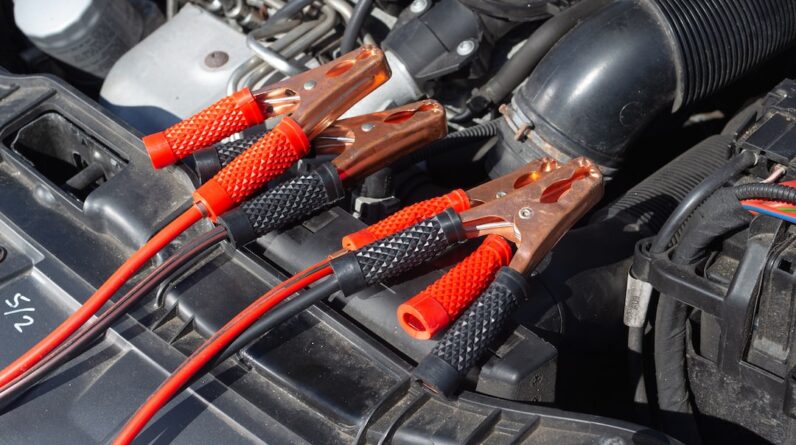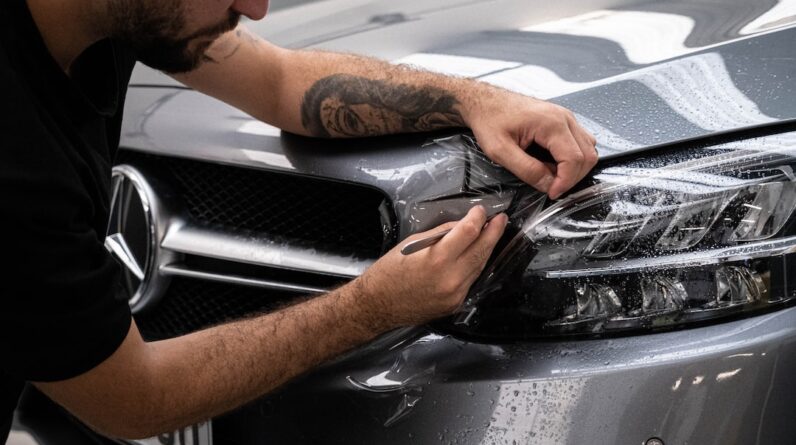Did you know that regular tire inspections and maintenance can significantly extend the lifespan of your Nissan X-Trail’s tires? In fact, studies have shown that properly maintained tires can last up to 20% longer than those that are neglected. That’s why it’s crucial to prioritize tire maintenance as a responsible X-Trail owner.
Maintaining the optimal tire pressure is essential for both safety and performance. By regularly checking and adjusting the tire inflation and pressure, you ensure that your vehicle handles well and achieves maximum fuel efficiency.
Additionally, rotating and balancing your tires promotes even wear, which not only improves traction but also extends their lifespan.
Choosing the right tires for your Nissan X-Trail is another crucial aspect of tire maintenance. Whether you’re looking for all-season, winter, or performance tires, selecting the appropriate ones for your driving needs and climate conditions is vital for optimal performance and safety.
By following these tire maintenance tips and techniques, you can significantly prolong the lifespan of your Nissan X-Trail’s tires, saving you money on replacements and ensuring a smoother, safer driving experience.
Key Takeaways
- Regular tire inspections and maintenance can extend the lifespan of Nissan X-Trail’s tires.
- Properly maintained tires can last up to 20% longer than neglected ones.
- Maintaining optimal tire pressure is essential for safety and performance.
- Regularly checking and adjusting tire inflation and pressure ensures good handling and maximum fuel efficiency.
Importance of Regular Tire Inspections and Checks

You should make sure to regularly inspect and check your tires to ensure their proper maintenance. Start by measuring the tire tread depth using a tread depth gauge. This will give you an accurate measurement of the depth and help identify any signs of wear.
Additionally, look for any signs of tire damage such as cuts, bulges, or punctures. These checks are crucial for maintaining the safety and longevity of your tires.
Proper Tire Inflation and Pressure Monitoring

Ensure your vehicle’s tires are properly inflated and monitor their pressure regularly to maintain optimal performance and ensure your safety on the road.
To effectively manage your tire maintenance, follow this checklist:
- Check tire pressure using a reliable gauge.nn2. Inflate tires according to the recommended PSI (pounds per square inch).nn3. Inspect tires for signs of wear, such as uneven tread wear or bulges.nn4. Rotate tires regularly to promote even wear and extend their lifespan.
Tire Rotation and Balancing for Even Wear

Regular tire rotation and balancing is like giving your vehicle’s tires a spa treatment, ensuring they wear evenly and providing a smooth ride that will have you feeling like you’re floating on cloud nine. Tire rotation involves moving the tires from one position to another, promoting even tire wear. Balancing, on the other hand, distributes weight evenly across the tire and wheel assembly to prevent vibrations. Both practices are crucial for maintaining tire alignment and maximizing tire tread depth.
| Tire Rotation and Balancing |
|---|
| Benefits |
| 1. Even tire wear |
| 2. Smooth and comfortable ride |
| 3. Extended tire lifespan |
| 4. Improved fuel efficiency |
Choosing the Right Tires for Your Nissan X-Trail

When it comes to finding the perfect tires for your Nissan X-Trail, it’s all about selecting the right ones that’ll enhance your driving experience and make you feel like you’re cruising in luxury.
To ensure the best fit, you need to consider the correct tire size for your vehicle.
Additionally, if you live in an area with harsh winter conditions, investing in winter tires is crucial. They provide better traction and control on icy or snowy roads.
Remember to prioritize safety and choose tires that meet your specific driving needs.
Tips for Extending the Lifespan of Your Tires

To get the most out of your tires and keep them rolling smoothly, you’ll want to follow these simple tips for extending their lifespan.
When it comes to tire storage techniques, make sure to store them in a cool, dry place away from direct sunlight and chemicals.
Additionally, regularly check the tire tread depth using a tread depth gauge. Aim for a minimum tread depth of 2/32 inches to ensure optimal traction and safety on the road.
Frequently Asked Questions
What are the signs of tire wear and when should I consider replacing my tires?
Signs of tire wear include uneven tread wear, cracks or bulges, and low tread depth. Replace tires when the tread depth reaches 2/32 of an inch or if you notice any of these signs.
How often should I have my tires inspected and checked for proper inflation?
You should have your tires inspected and check the tire pressure regularly. Proper tire inflation is important for safety and fuel efficiency. Neglecting tire maintenance can lead to increased wear and potential costly repairs.
Can I use winter tires on my Nissan X-Trail during the colder months?
Yes, you can use winter tires on your Nissan X-Trail during colder months. Using all-season tires may not provide optimal traction in snow and ice. Additionally, using snow chains on winter tires can further enhance grip and safety.
Is it necessary to have my tires rotated and balanced regularly? How often should it be done?
Regular tire rotation and balancing is necessary for optimal performance. Rotating your tires helps prevent uneven wear, increasing their lifespan. Balancing ensures smooth driving and reduces vibrations. It’s recommended to have them done every 6,000-8,000 miles.
Are there any specific tire maintenance tips I should follow for off-road driving with my Nissan X-Trail?
For optimal off-road performance with your Nissan X-Trail, it is crucial to maintain proper tire tread depth. Ensure your tires have adequate depth to provide traction and stability on rough terrains.
Conclusion
In conclusion, maintaining the tires on your Nissan X-Trail is crucial for both safety and performance. Regular inspections and checks, along with proper inflation and pressure monitoring, will ensure optimal tire condition.
Don’t forget about tire rotation and balancing to promote even wear and extend their lifespan. And when it comes to choosing the right tires, make sure to consider the specific needs of your X-Trail.
By following these maintenance tips, you’ll be able to enjoy a smoother and safer ride, allowing you to explore new trails with confidence.






